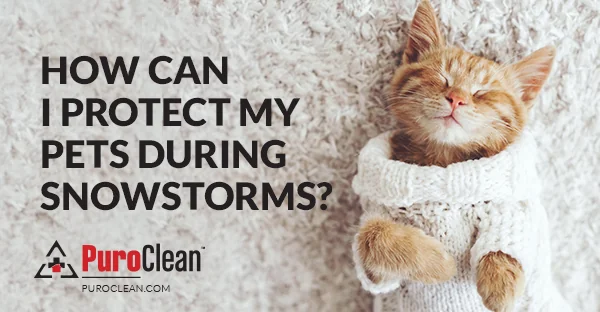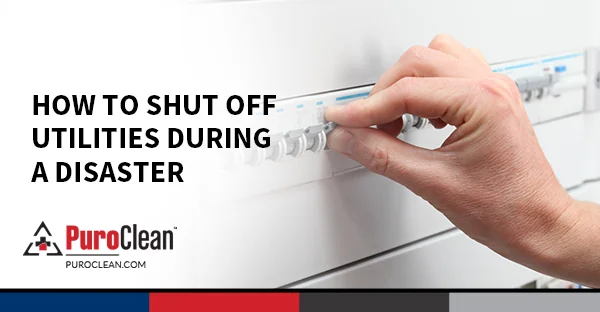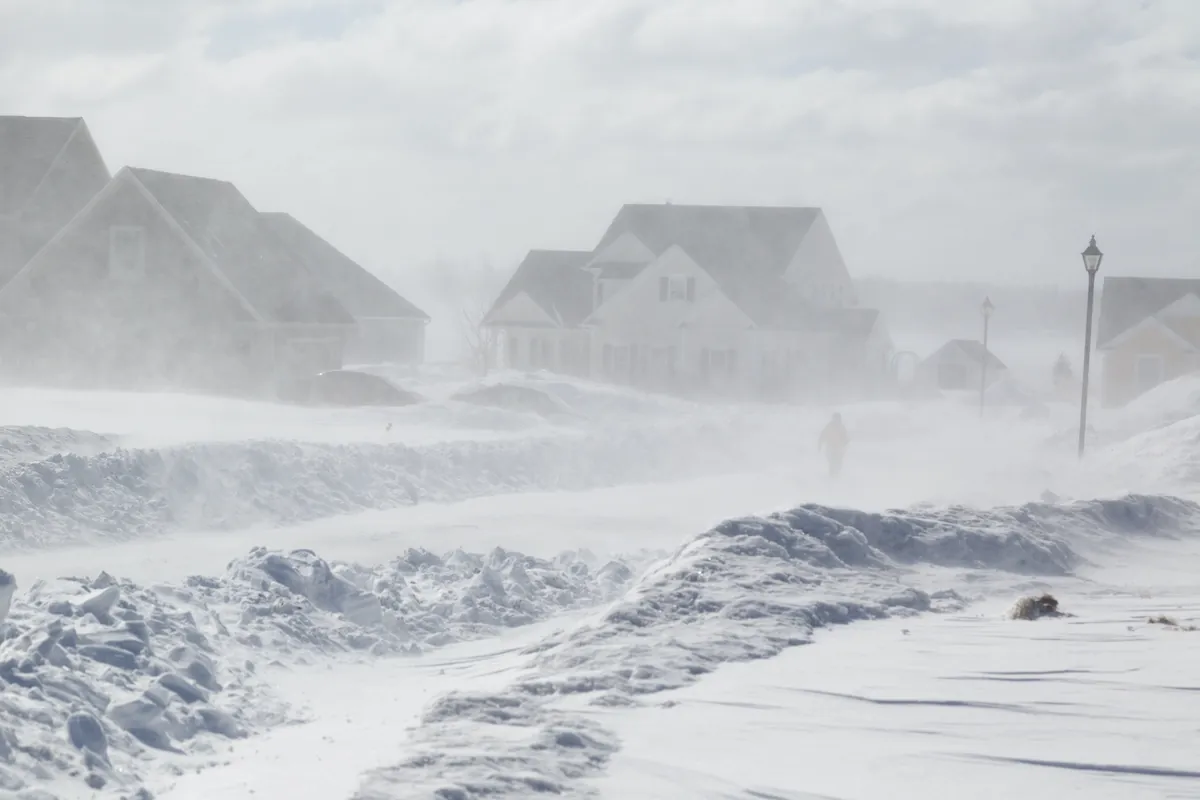 Outdoor animals are exposed to great risks during snowstorms. If possible, you should bring them inside or take them to a sheltered area where they can live safely until the blizzard has passed. The following tips will help you learn how to keep your pets or livestock safe during a snowstorm:
Outdoor animals are exposed to great risks during snowstorms. If possible, you should bring them inside or take them to a sheltered area where they can live safely until the blizzard has passed. The following tips will help you learn how to keep your pets or livestock safe during a snowstorm:
- Bring pets inside and move livestock to sheltered areas. Just like humans, animals can suffer from hypothermia and frostbite, especially when the temperature drops below 32 degrees Fahrenheit.
- Shelters for outdoor animals should be small enough to hold in the pet’s body heat, but large enough for the pet to sit or lie down. The floor should be elevated a few inches off the ground and covered with straw or cedar shavings. Also, the enclosure has to be draft-free and its doorway should be protected with waterproof material.
- Make sure animals living outside in shelters have access to non-frozen water and food. Ensure that their access to water and food is not blocked by obstacles such as ice or snow drifts.
- If you’re keeping your pets in your home, separate dogs and cats, seal any small areas where cats can hide when frightened and move any dangerous items in the room.
- Be aware that salt and other chemicals are used to melt ice on walkways. If these chemicals come in contact with your pets’ paws, they could lick their paws and become irritated or even sick. Make sure to wipe their paws with a damp cloth after a walk.
- During heavy snowfall, avoid walking your dog outside. There is a risk that loosened trees or branches could fall and injure you or your pet. If you must take your dog out, make sure you keep him on a leash.
- Ensure that your pet does not ingest antifreeze, which is extremely toxic. Wipe any spills in your garage or other area and store the substance in a safe place.
More general disaster preparedness guidelines for pets are available here. For professional fire, water, and mold restoration services, contact your local PuroClean office.



